In the early 80s, a couple of struggling artists – Kevin Eastman and Peter Laird – made a sketch of four turtles each holding different ninja-style weapons as a joke. Eastman titled the drawing “Ninja Turtles” and just for fun, Laird added “Teenage Mutant” above it and thus – though they didn’t know it at the time – a multi-million dollar media franchise was created.
Using $12,000 borrowed from an uncle and a tax refund Eastman and Laird created a company called Mirage Studios (called that because the studios didn’t actually exist and they just worked out of their living room) and they began creating comics and fleshing out the characters they created. At first, they were heavily inspired by current comics at the time most significantly Daredevil. Where Daredevil fought the Hand – the Turtles fought the Foot. Daredevil’s teacher was Stick, and the Turtle’s was Splinter. And they even went so far as to tie the origin of Daredevil to the origin of the Turtles. But the concept quickly went far beyond mere influence and homage and soon became something really unique and all its own.
Those original comics were black and white and more violent and mature than what it was to become in later years. And what the Teenage Mutant Ninja Turtles became was a multi-media global juggernaut – comics, toys, cartoons, animated as well as live-action movies, food products, fast-food tie-ins, and so much more. They became, to put it mildly, a big deal.
Despite the success Eastman and Laird were never shy about the fact that they didn’t like that the characters had softened and been made more kid-friendly – and bemoaned the fact that the Turtles didn’t yell “Damn” anymore and instead yelled easily marketable catchphrases like “Cowabunga!” and “Turtle Power!”
So in 2022 Eastman and Laird returned to the TMNT franchise to write a darker tale – The Last Ronin. Set in a dystopian New York it follows Michelangelo – the last surviving mutant turtle (no longer teenage) – as he attempts to take down Oroku Hiroto, the grandson of the original Shredder, and end his tyrannical reign of terror. He is aided in this mission by an older April O’Neil and her daughter Casey Marie (who may have something in common with Michelangelo other than a love of martial arts).
Based on an original idea by Eastman and Laird the story was fleshed out with the help of Tom Waltz (who wrote the majority of the IDW run of the Turtles). In addition, The Last Ronin is brought to life by an array of talented artists – Esau & Isaac Escorza, Ben Bishop, and Kevin Eastman himself.
They fill the story with dynamic and fast-paced action rendered with cyber-punk aesthetics mixed with epic Kurosawa-esc samurai visuals. The art is beautiful and brutal but it also helps accentuate the quieter moments of the story that are full of sadness, loss, and regret – but also tenderness, hope, and subtle humor. And although The Last Ronin is filled with callbacks and Easter eggs from decades of comics and cartoons it never feels overwhelming and you never feel lost if, like me, you’re not up to speed on 30+ years of continuity. Just the opposite really, The Last Ronin immerses you in its world, makes you care for the characters, makes you feel the pain of their loss, and will have you tense with anticipation when they rally for one last stand.
For long-time fans of the franchise, this story will no doubt be a satisfying culmination of years of storytelling, and for those new to the franchise…
Well, I’ll admit that in the past I had never read or even seen much of the Teenage Mutant Ninja Turtle oeuvre. And I would never have considered myself a fan. But after reading The Last Ronin – I think that might change.
This article originally appeared as the introduction to episode 101: TMNT: The Last Ronin.
The Collected Edition is a comic book podcast where the hosts discuss the famous and infamous runs and story arcs throughout the history of comics. Please subscribe to the show on Apple Podcasts, Sticher, IHeartRadio, and Spotify.

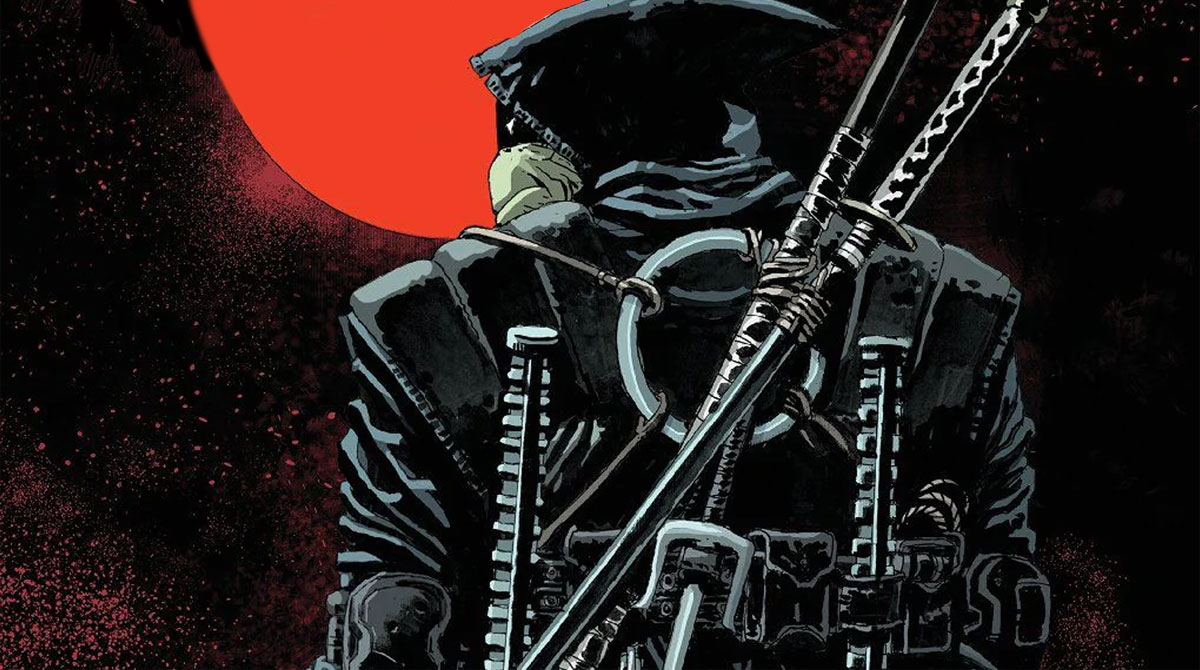
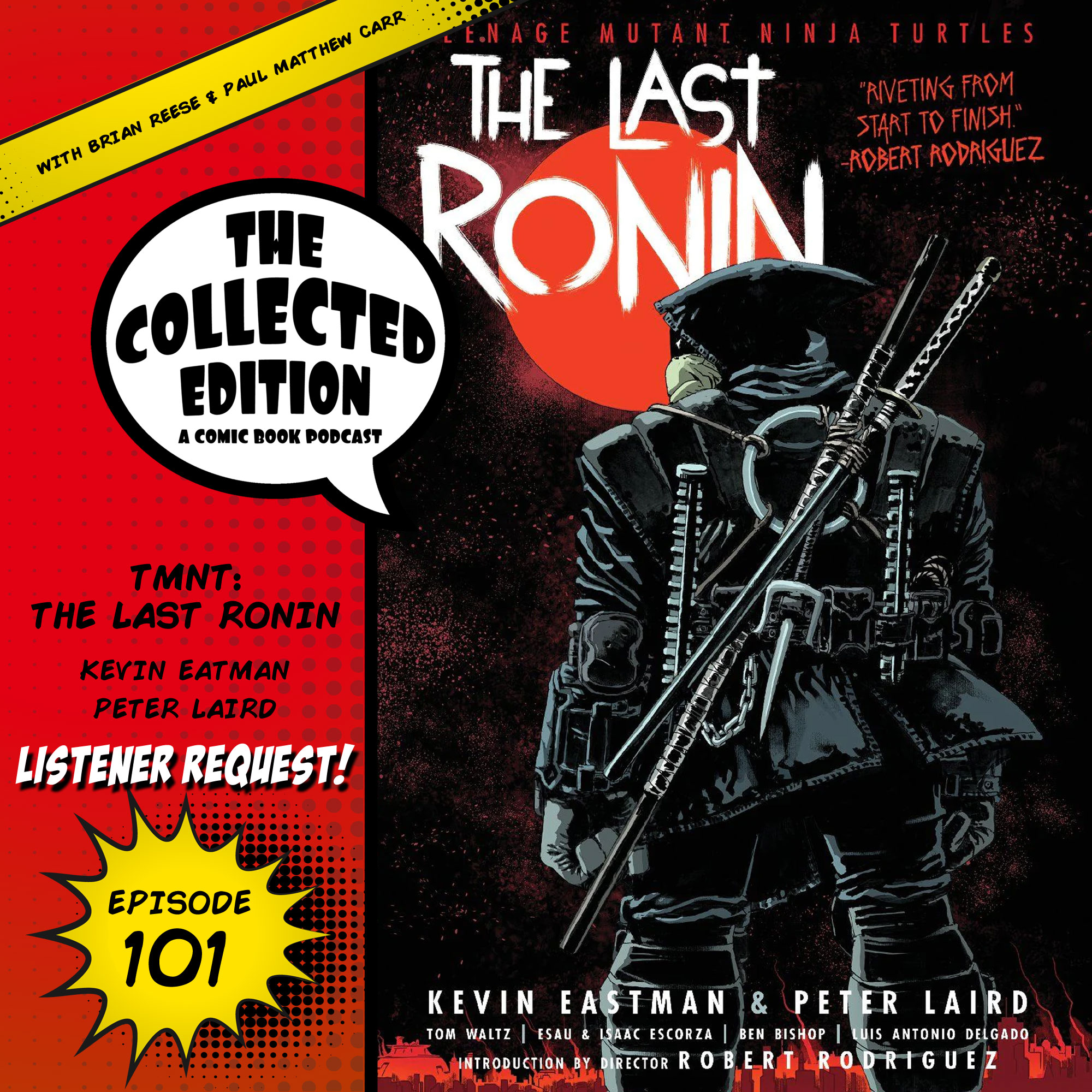
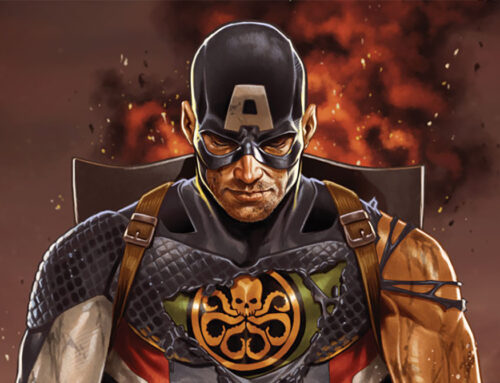
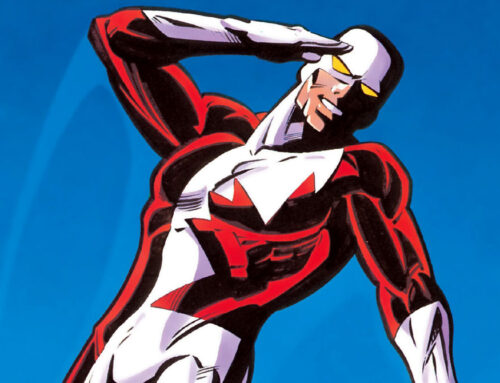
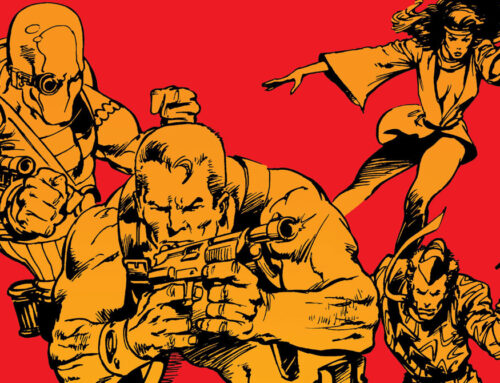
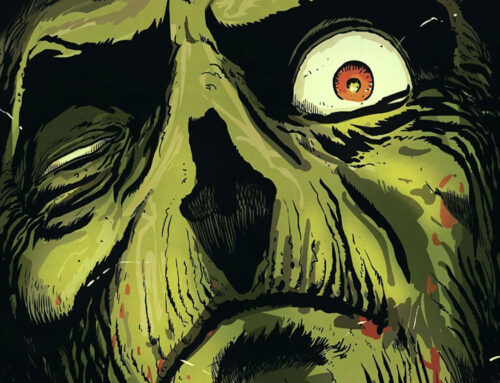
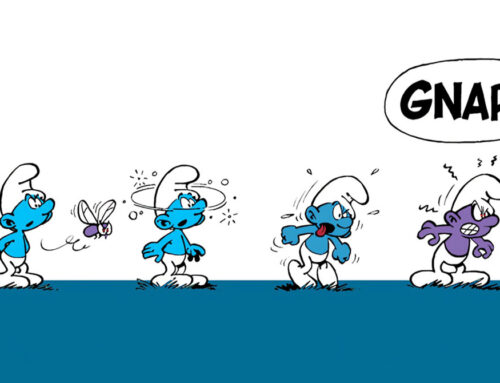
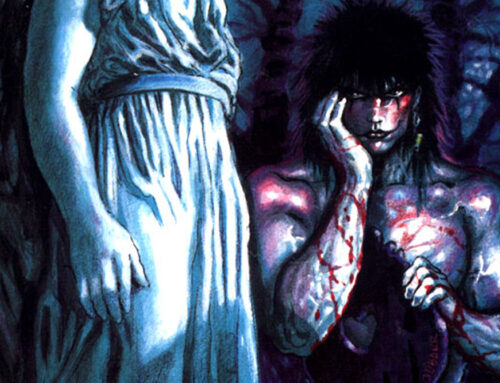

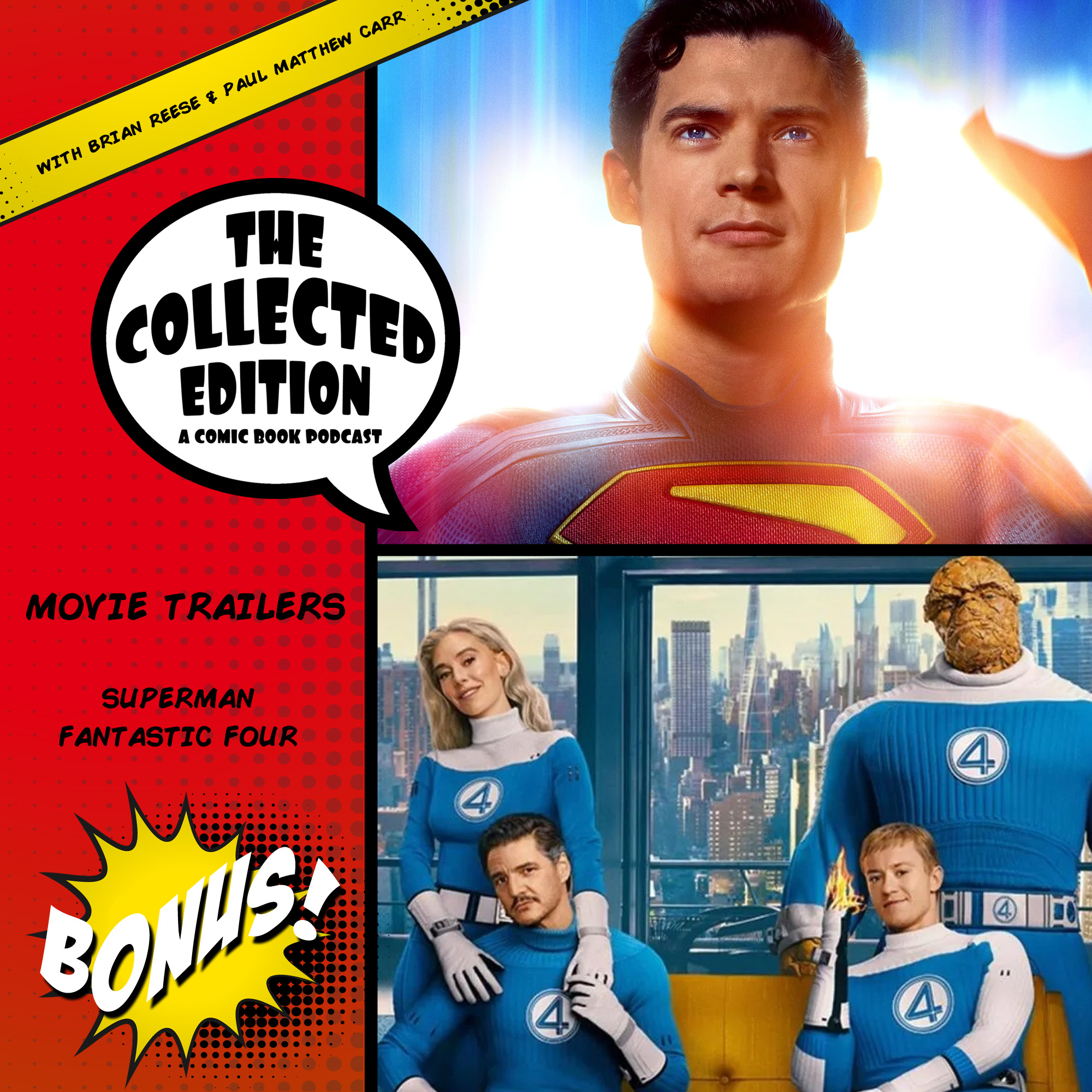
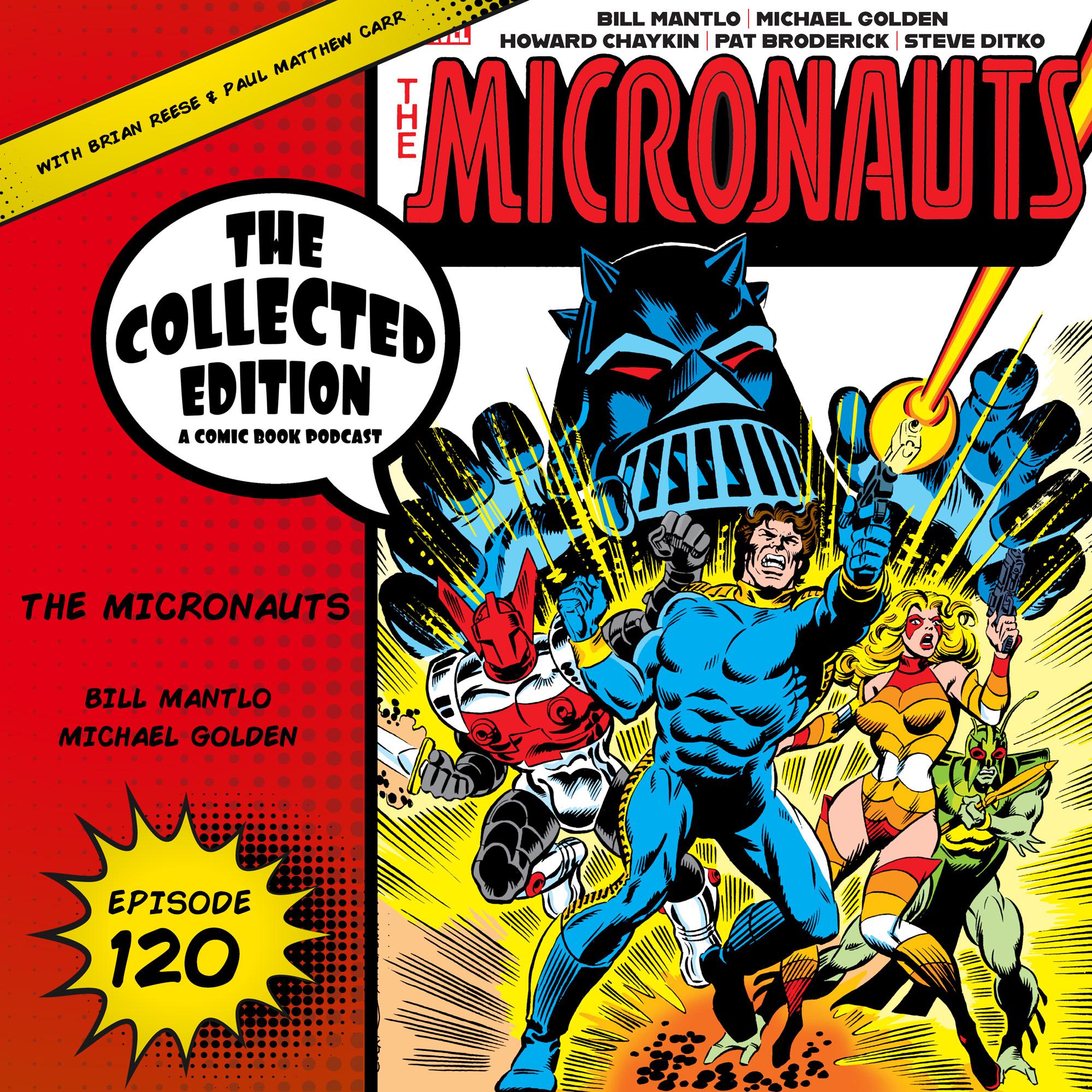
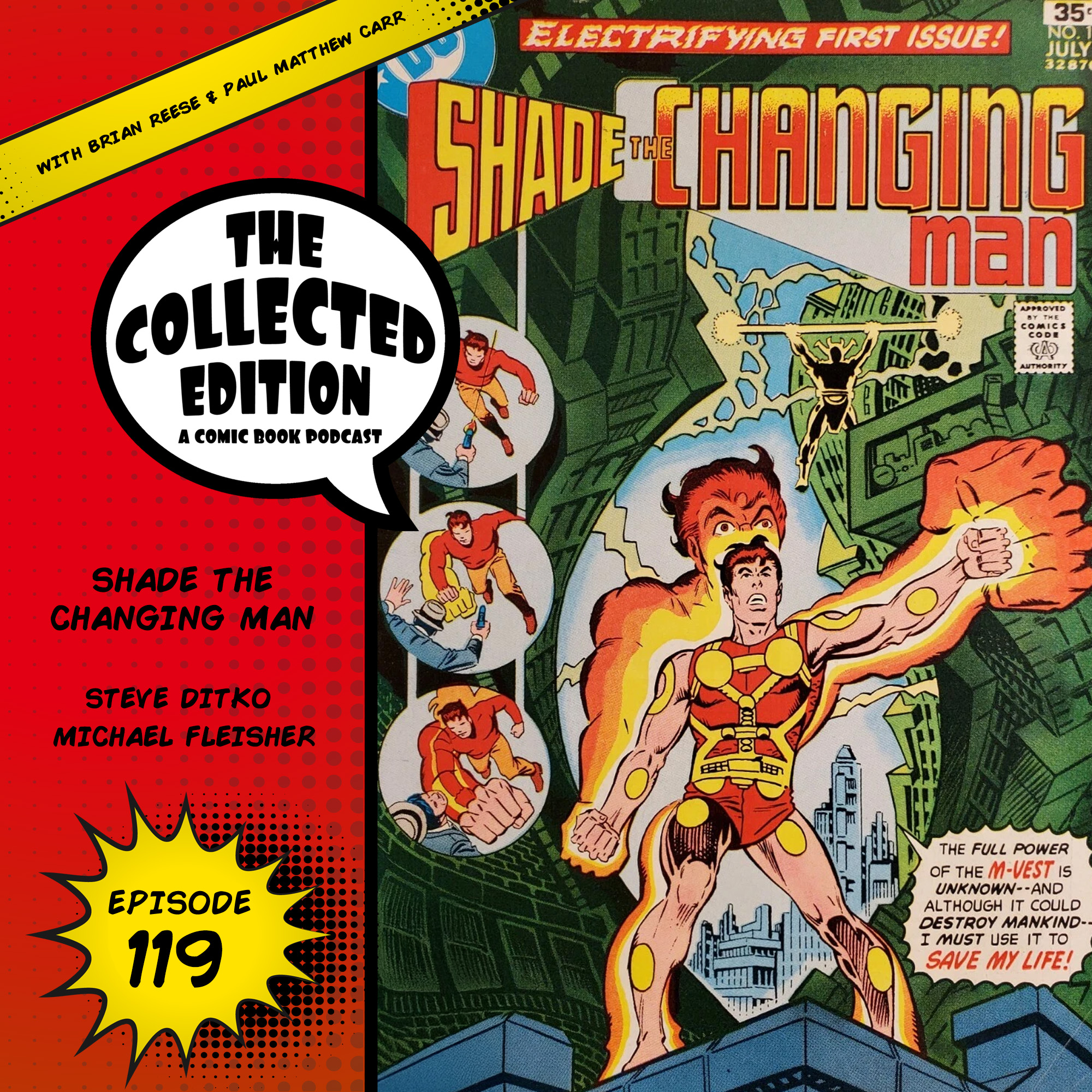
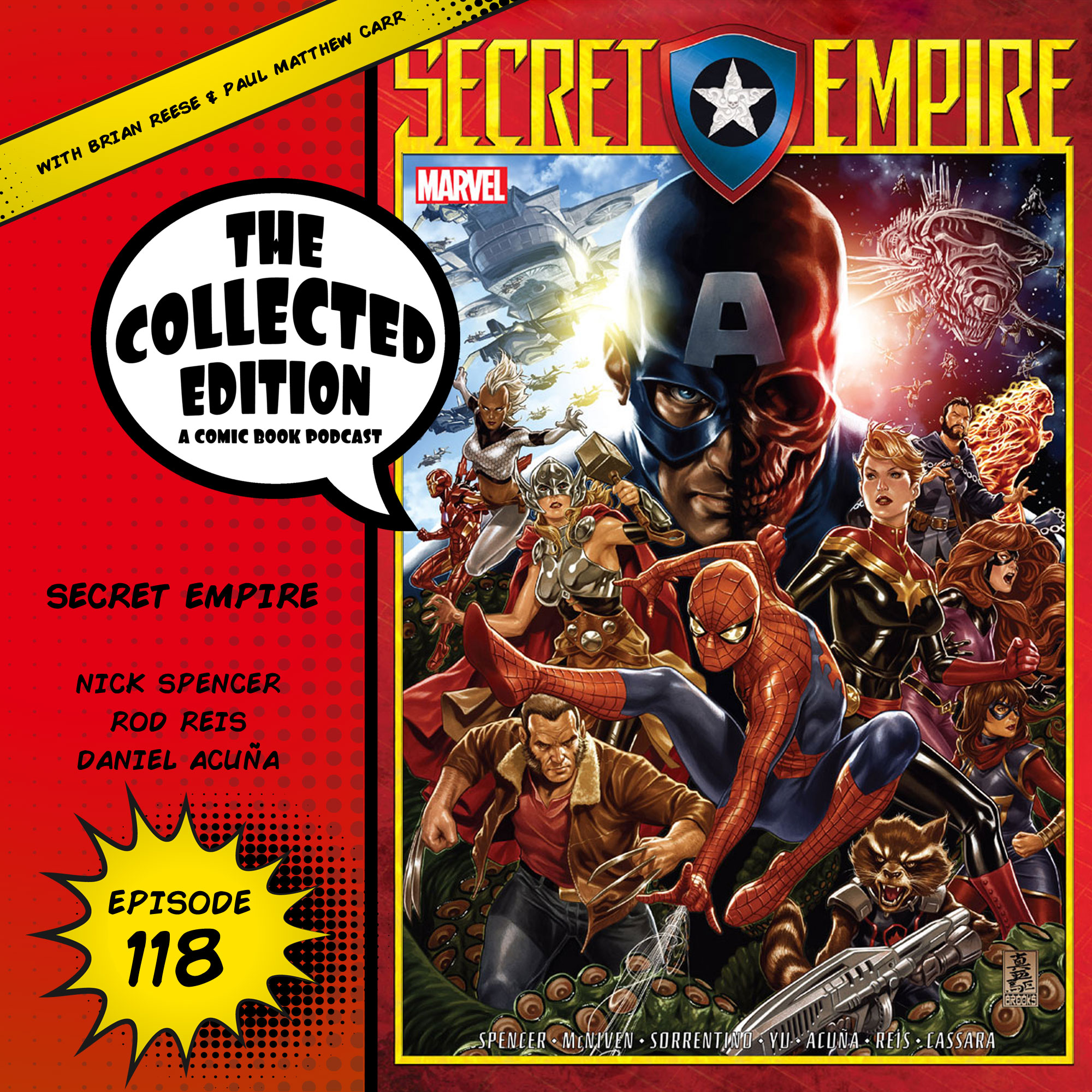
Leave A Comment